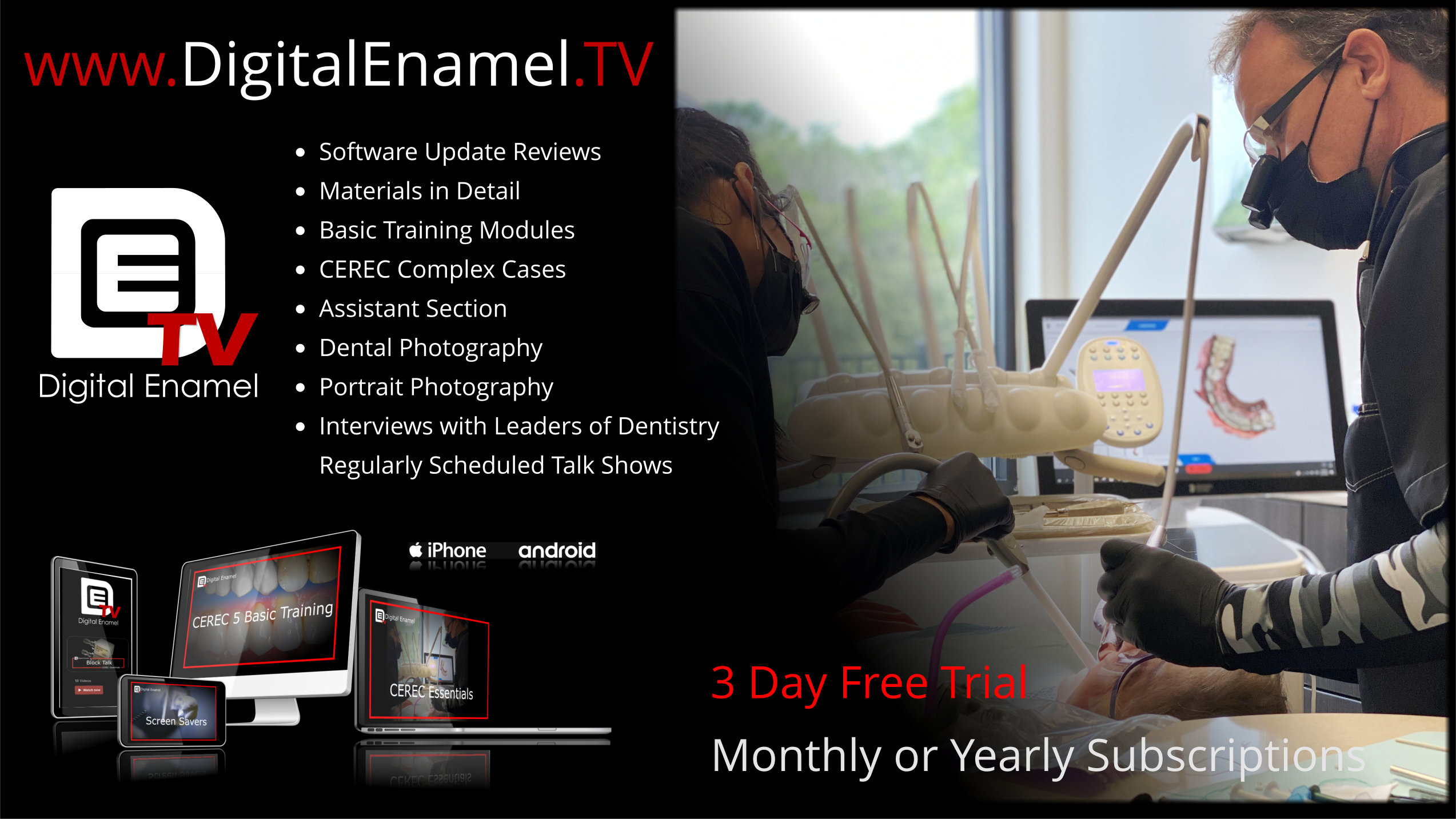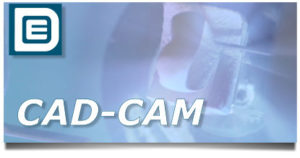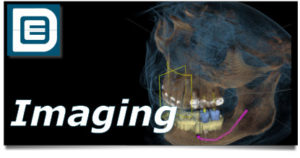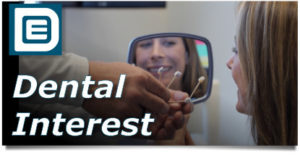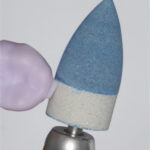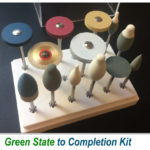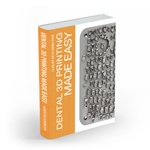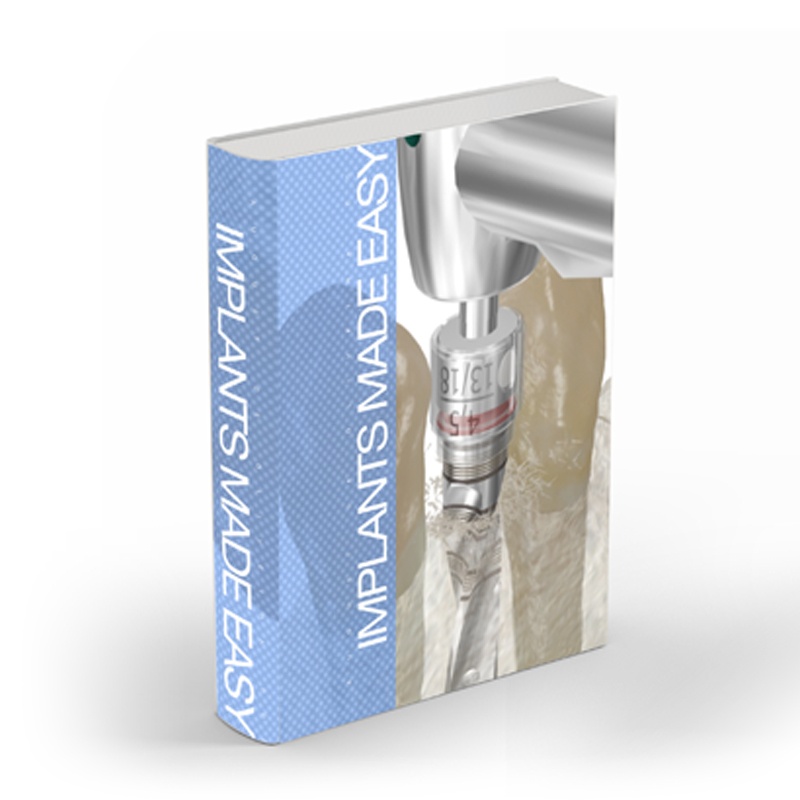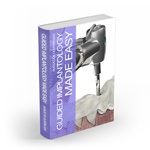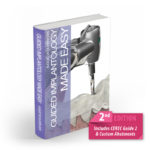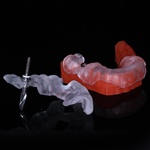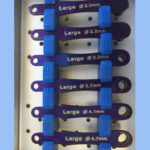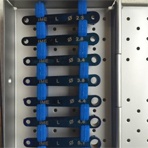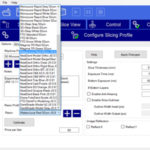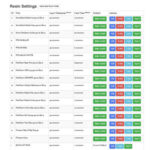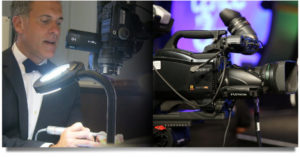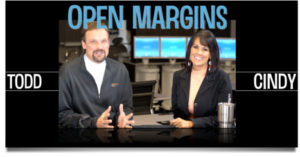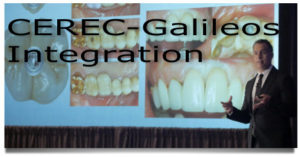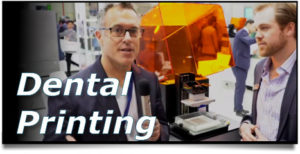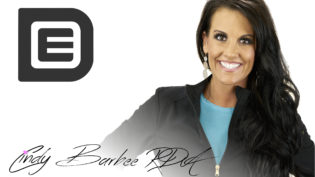“The Times They Are A-Changin’!”
Part I
“The times they are a-changin’”. These famous words written by Bob Dylan in the 1960’s are an understatement when looking at the impact of today’s COVID-19 pandemic.
Well, times have changed! Our lives have changed at almost every level, including the practice of dentistry and its very future. Initially, we did not know exactly how to proceed. However, we are beginning to obtain information on the state of dentistry in the Fall of 2020 with potential solutions on navigating our practices into the future.
In March and April 2020, dentistry in the Covid-19 era was dealing with issues ranging from limited income through treating emergencies only, unemployment of staff and lab technicians to the ever-pending office overhead, student loans, and other loans. Measuring patient temperatures, waiting areas transferred to the patient’s cars, thorough history taking of exposure risk factors, and enhanced PPEs became the norm.
We saw a declining and unstable stock market which only exacerbated the uncertainty of the future. Increased tensions amongst family members, educating our children online at home, job losses and uncertainty became real issues that led to more stress and burnout. Stress that is unaddressed can make one develop irrational thoughts, causing our emotions to become unmanageable while acting in a self-defeating matter. Increased alcohol and drug use often times were sought to relieve the stress and anxiety associated with the moment. Navigating through the COVID-19 pandemic became a fearful journey into the future for many.
In early June 2020, the Health Policy Institute (HPI) of the American Dental Association reported that polling shows a “robust, sustained rebound in dental care” as practices started to re-open. By the Fall of 2020, the HPI released data evaluating personal and professional issues the dental community has been dealing with during the pandemic (www.ada.org/hpi):
“Stress that is unaddressed can make one develop irrational thoughts, causing our emotions to become unmanageable while acting in a self-defeating matter.”
At the beginning of September 2020:
- Nearly 98.8% of dental practices in the U.S. were open.
- Almost 48.3% of practices report “open and business as usual” in terms of patient volume.
- Private practice volume is estimated at about 75% of pre-COVID-19 levels.
- 9% of dentists are paying their staff.
- Most common reactions to the enhanced PPEs: a. General discomfort, b. Heat stress, c. Exhaustion, d. Headaches
- Downward trend in reported reactions associated with enhanced PPE use with increased age.
- Practice challenges (most common): a. Planning for the future, b. Obtaining PPEs / supplies, c. Financial sustainability, d. Concerns of health
- Personal challenges (most common): a. Anxiety, b. Financial problems, c. Decreased quality of sleep
By late-September, some of these numbers were trending downward due to the fear and reality of what is being called the “Big Dip”, where hygiene schedules are less booked and take a big downward trend in mid-September through mid-November 2020. This is due to the lack of 6 month hygiene appointment scheduling while offices were closed from mid-March to mid-May, 2020, resulting in potentially decreased production.
Dentistry is also dealing with a lack of available dental hygiene workforce in some areas of the country. This has led to more innovative dental hygiene delivery systems, including utilizing a certified dental assistant who can do coronal polishing (if state dental laws allow) so that dental hygienists can concentrate on scaling and root planning. If implemented, caution is advised during Covid-19 to prevent extreme workloads on the dental hygienist, since ultrasonics are currently not recommended for use due to aerosolized droplets. Beware if wrist or potential carpel tunnel-like symptoms develop with the dental hygienists plus emotional exhaustion.
